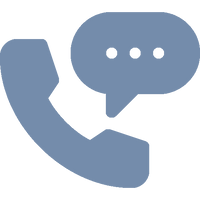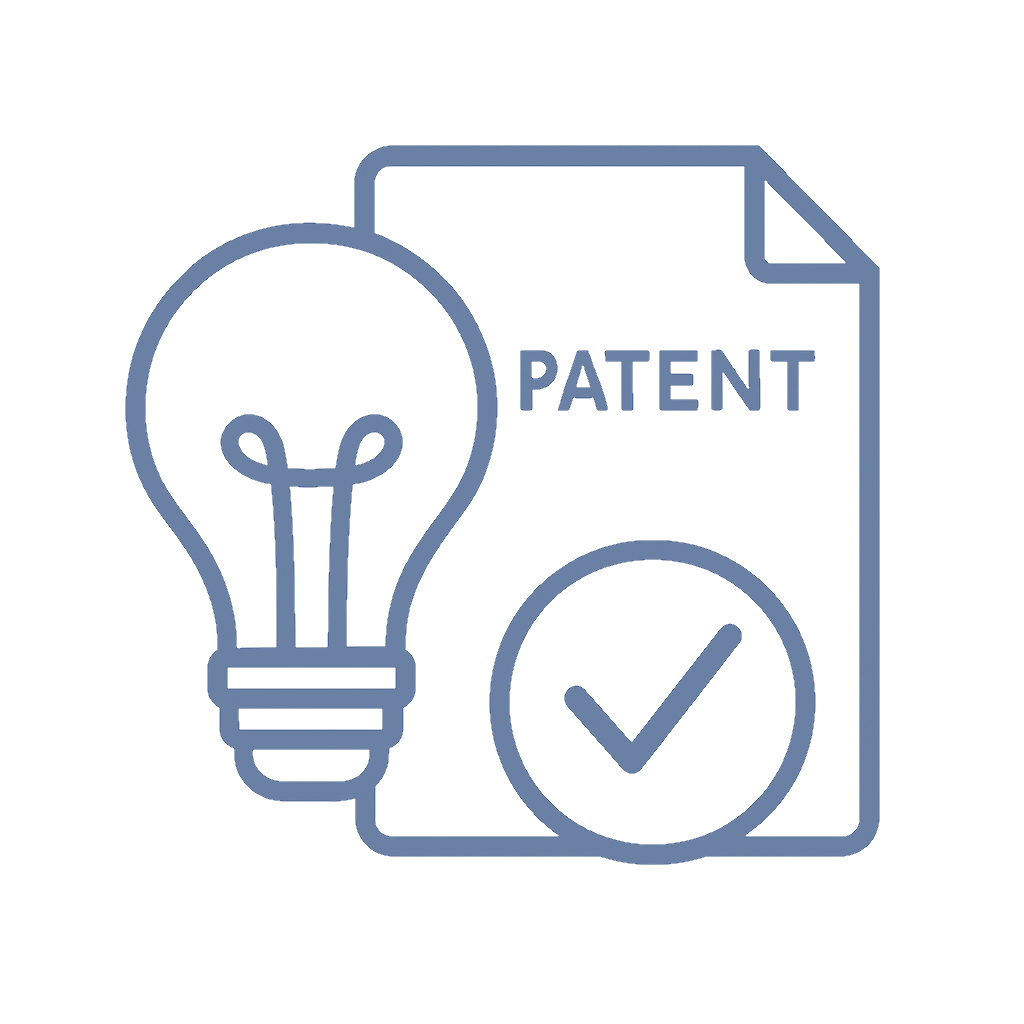📌 Quick Summary
1-Sentence Answer
Yes, you can patent a board game — but only certain parts qualify. Knowing what counts as a protectable idea (and what’s just fun and games) can save creators from IP chaos.
The Article Overview
This article breaks down how board game inventors can protect their work using patents, trademarks, and copyrights. You’ll learn which parts of a game are protectable, how to avoid common IP pitfalls (like premature playtesting), and what famous cases teach about the limits of game protection.
❓ Common Questions & Answers
Q1: Can I patent the rules of my board game?
Not exactly — game rules are processes, and you can only patent them if they’re unique, non-obvious, and have practical utility. Otherwise, rules are just methods of play.
Q2: Do I need a lawyer to file a game patent?
Not legally, but you’ll want one. Patent applications are complex and highly technical. A patent attorney can translate “fun gameplay” into “protectable process.”
Q3: Can I copyright my game?
Yes! You can copyright artwork, written rules, card text, and visual layouts — but not game mechanics or methods of play. Think of copyright as the “skin,” not the “skeleton.”
Q4: How do I stop people from copying my game name?
Trademark it! A registered mark protects the name, logo, or slogan of your game from imitators and knockoffs that could confuse buyers.
Q5: What if I already showed my prototype publicly?
That could trigger the dreaded “on-sale bar.” In the U.S., you have one year to file a patent after public disclosure — or you lose your chance. Abroad, you might lose it immediately.

📜 Step-by-Step Guide
Step 1: Define What You’re Protecting
Is it your gameplay mechanics, the artwork, or the title? Each aspect uses a different type of IP protection — and confusing them can weaken your legal shield.
Step 2: Conduct a Prior Art Search
Before you invest time or money, search the USPTO and Google Patents to make sure your “new” game isn’t just an unintentional remix of an old one.
Step 3: Document Everything
Keep detailed notes, sketches, and playtest results. These records can serve as proof of originality and help an attorney frame your uniqueness properly.
Step 4: File a Provisional Patent Application
This inexpensive placeholder lets you market your “patent pending” game for a year while testing its success. But remember: you must file a full application within that year.
Step 5: Add Trademarks and Copyrights
Once your design and branding are final, file for copyright (for your creative assets) and trademark your game name. They provide quicker, easier protections while your patent works its way through the system.
📖 Historical Context
Games and intellectual property have a long, curious history.
The world’s first board games — like the Royal Game of Ur (circa 2600 BCE) — had no concept of IP. They were community entertainment, freely shared across cultures. But fast forward to the 20th century, and suddenly, game inventors wanted exclusive rights to their creations.
The turning point came in 1935 when Parker Brothers patented Monopoly. The patent covered not just the board design but the specific method of play — the buying, selling, and renting of properties. It proved that even fun could be proprietary.
As the game industry grew, so did its legal complexity. With the advent of modern IP law, creators learned that not all game elements are equal. The name “Monopoly,” for instance, became so popular it nearly lost its trademark protection by becoming generic. Meanwhile, Wizards of the Coast patented Magic: The Gathering’s gameplay mechanics — creating a billion-dollar empire around its protected processes.
Today, as board games experience a renaissance (fueled by crowdfunding and indie creativity), understanding these IP principles is more vital than ever.
🏢 Business Competition Examples
1. Monopoly (Hasbro):
Originally patented for its unique property-trading system, Monopoly’s IP portfolio now spans design, name, and even the “Go to Jail” artwork.
2. Magic: The Gathering (Wizards of the Coast):
WotC patented its trading card mechanics, which made the collectible card game model nearly impossible to replicate legally for years.
3. Words With Friends (Zynga):
A modern twist on Scrabble, the developers cleverly altered board design and scoring to dodge copyright and trademark disputes.
4. Catan (Klaus Teuber / Catan GmbH):
Trademarked the name and protected unique game elements via trade dress, keeping a legion of knockoff “settler” games at bay.

💬 Discussion Section
Let’s be honest — game inventors are a creative bunch, but creativity alone doesn’t protect you from being copied. Intellectual property law gives you the tools to defend your ideas, but it’s a buffet, not an all-you-can-eat free-for-all.
Each IP category covers a different part of your game:
-
Copyright covers your expression — the rulebook text, card illustrations, or board design.
-
Trademark covers your branding — your game’s name, logo, and slogans.
-
Patent covers your invention — the mechanics or gameplay system itself.
But here’s the tricky bit: these categories overlap and sometimes leave gaps. A clever competitor could redesign your visuals, rename the game, and tweak your mechanics just enough to slip through legal cracks. That’s why layered protection — using multiple forms of IP — works best.
Crowdfunding platforms like Kickstarter have supercharged the tabletop industry, but they’ve also magnified IP risks. Creators often reveal too much too soon, inviting copycats to jump on trends before the patent clock even starts. Filing a provisional patent before your campaign can give you a crucial safety net.
International creators face additional hurdles: some countries (like Japan or Germany) don’t allow any public disclosure before filing. So that fun demo at a convention? It might have just killed your patent abroad.
Game IP isn’t just about legal protection — it’s about creative leverage. A patent can attract investors; a trademark builds brand loyalty; and copyright keeps your aesthetic identity intact. Combined, they transform a hobby project into a business asset.
⚖️ The Debate
Side A: The “Patent Everything” Camp
Supporters argue that patents incentivize creativity by rewarding originality. If someone invests time designing new mechanics, they deserve exclusive rights to profit from it. Without patents, innovation stalls because copycats can undercut the inventor.
Side B: The “Games Should Be Shared” Camp
Critics counter that patents can stifle creativity. Many iconic games build on familiar mechanics. If every dice roll or deck shuffle were patented, the industry would grind to a halt. They see board games as culture — not commodities.
✅ Key Takeaways
-
You can patent game mechanics, but only if they’re novel, useful, and non-obvious.
-
Copyright your creative assets — the art, text, and layout — immediately.
-
Trademark your game name early to secure your brand.
-
Avoid public playtesting before filing any patents.
-
Combine IP protections for the strongest defense.

⚠️ Potential Business Hazards
-
Public Disclosure Pitfalls: Showing your prototype before filing can destroy patent eligibility.
-
Generic Naming Risks: If your title becomes too common, your trademark could be lost — even if it’s famous.
-
Weak Descriptions: A poorly written patent can be as useless as a blank board. Be precise.
-
International Inconsistencies: IP laws differ globally — one wrong step could ruin your protection abroad.
❌ Myths & Misconceptions
Myth #1: “If I Mail Myself the Rules, I’m Protected.”
That’s not copyright — it’s a bedtime story. Mailing yourself your game only proves you bought stamps, not ownership.
Myth #2: “Patents Are Only for Big Companies.”
False! Indie inventors file provisional patents all the time. They’re affordable, quick, and can make your idea investor-ready.
Myth #3: “Trademarks Cover Everything.”
Nope. Trademarks protect names and logos — not mechanics or artwork. They’re your brand armor, not your rulebook.
Myth #4: “Copyright Covers My Gameplay.”
Nice try, but no. Copyright shields your creative presentation — not the underlying play structure or scoring system.
Myth #5: “No One Will Copy My Game.”
Oh, sweet summer child. If your game succeeds, someone will copy it. Protect yourself before it’s too late.
📚 Book & Podcast Recommendations
-
Patent It Yourself by David Pressman – A comprehensive guide to writing and filing your own patent.
-
Board Game Design Lab Podcast – Practical tips on design, publishing, and IP awareness. https://boardgamedesignlab.com
-
Game Inventor’s Guidebook by Brian Tinsman – Covers both creative and legal aspects of game development.
-
The Law of Intellectual Property by Craig Allen Nard – Deep dive for those serious about legal understanding.
⚖️ Legal Cases
-
Baker v. Selden (1879) – Established that systems and methods (like game mechanics) aren’t copyrightable.
https://supreme.justia.com/cases/federal/us/101/99/ -
Anti-Monopoly, Inc. v. General Mills Fun Group (1983) – The Monopoly trademark dispute that reshaped trademark law.
https://law.justia.com/cases/federal/appellate-courts/F2/684/1316/308724/ -
Wizards of the Coast Patent (U.S. 5,662,332) – The “Trading Card Game Method of Play” patent that defined a genre.
https://patents.google.com/patent/US5662332A/en -
Hasbro v. RJ Softwares (2008) – The Scrabulous vs. Scrabble online trademark case.
https://indiankanoon.org/doc/1873533/
📣 Expert Invitation
If you’re developing a board game and want professional guidance on protecting your intellectual property, connect with our team at InventiveUnicorn.com — where great ideas grow wings and legal armor.

🔚 Wrap-Up Conclusion
Your board game is more than a pastime — it’s an invention, a story, and a brand. But without IP protection, it’s also an open invitation for imitators. By combining patents, copyrights, and trademarks, you build a legal moat around your creativity. Whether you’re inventing the next Catan or a party game destined for Kickstarter fame, protecting your idea is the smartest move you’ll ever make.











